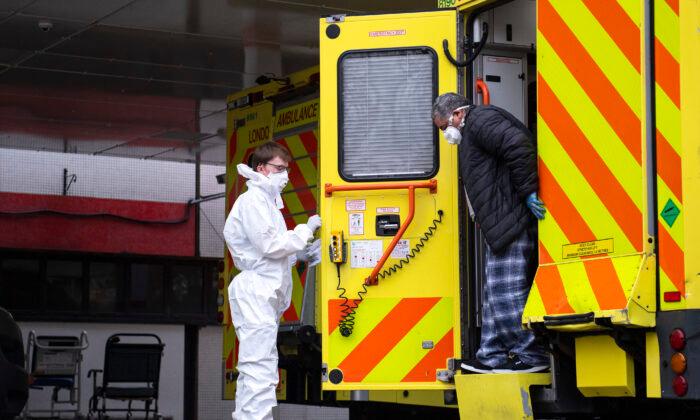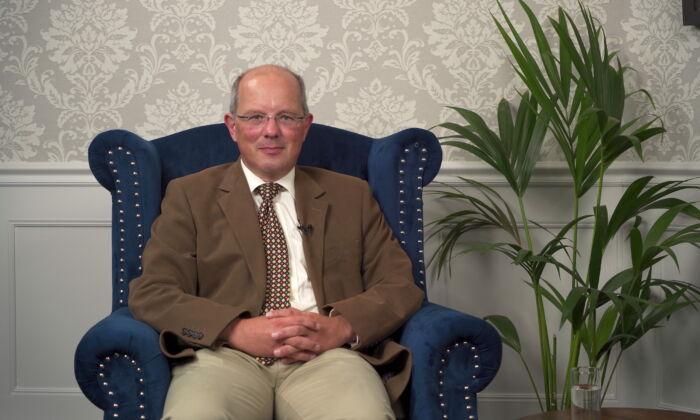The overall number of deaths in England and Wales rose to over 14 percent higher than average as COVID-19 related deaths continued their steady weekly rise, according to the latest figures from the Office for National Statistics.
For the last couple of months, the number of deaths with “novel coronavirus (COVID-19)” on the certificate has been doubling roughly every fortnight.
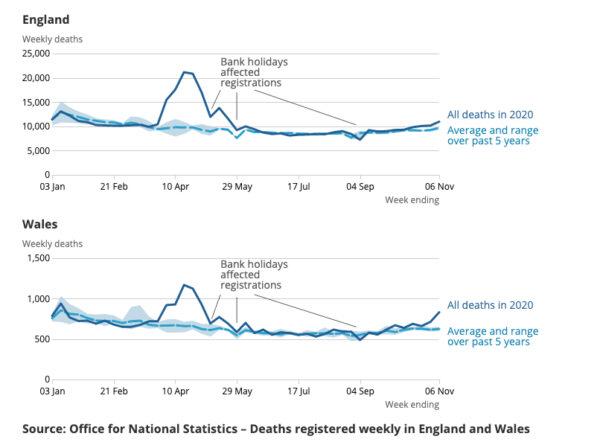
That pattern continued for the week ending Nov. 6, with 1,937 deaths registered for England and Wales—up 558 from last week. Those deaths made up over 16 percent of all deaths.
Other more up-to-date measures suggest that daily deaths may have started to fall.
Overall deaths from all causes on Nov. 6 was 14.3 percent higher than the five-year average for the time of year.
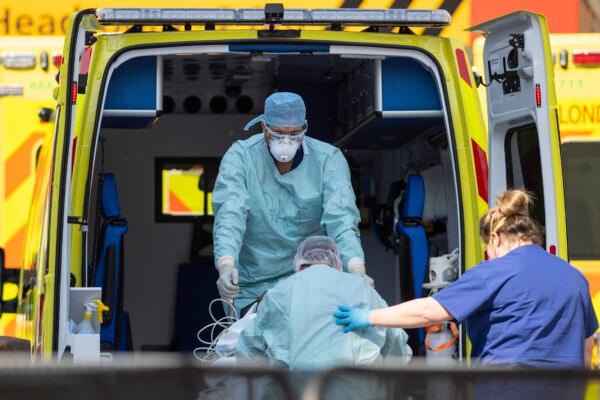
How COVID-19 death cases stack up alongside pneumonia and influenza deaths depends on whether the “underlying cause of death” on the certificate is taken into account.
A far greater number of those with COVID-19 listed die from the disease rather than just “with” it. Where the disease is listed as the underlying cause, CCP virus deaths (1,743) are over five times higher than for pneumonia and influenza (307).
For weekly deaths recorded as “involving” the diseases, influenza and pneumonia numbers are a little higher than for the CCP virus at 2,267.
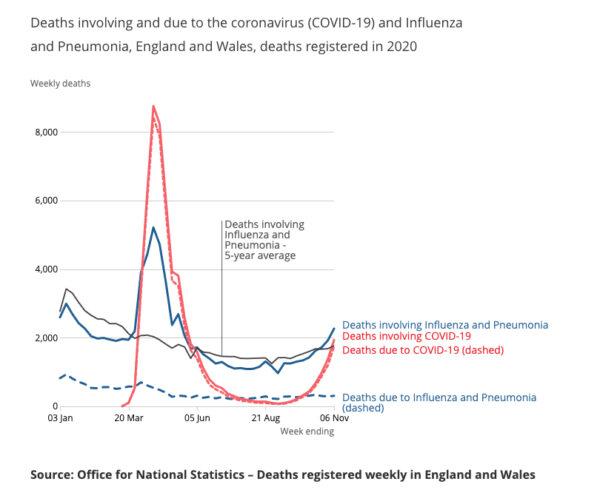
A real-time snapshot of the disease provided by people recording their symptoms on an app suggests that the rate of infection has continued to drop in many regions.
The study is run by Dr. Tim Spector, a professor of genetic epidemiology at King’s College London.
Spector also shared a graph showing infections dropping in Scotland.
The ZOE survey’s strength is that it can provide real-time data that can be updated every day.
However, some epidemiologists say its weakness is that it misses asymptomatic COVID-19 infections, and may pick up seasonal flu symptoms.
According to the ZOE website, the survey is “based on around a million weekly reporters and the proportion of newly symptomatic users who have positive swab tests”.
